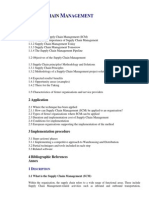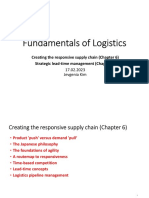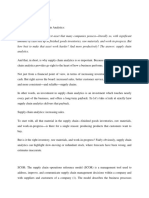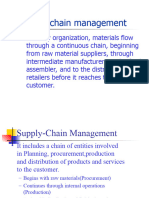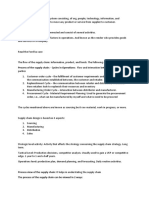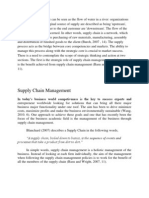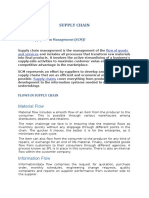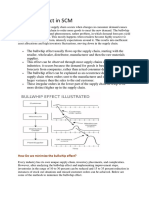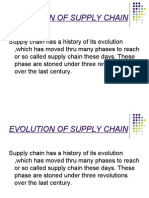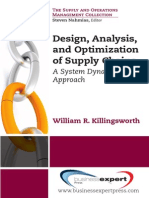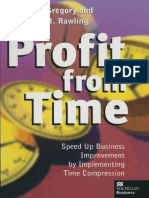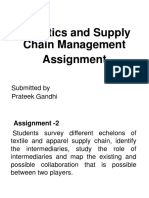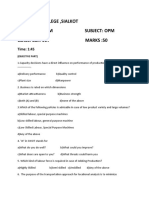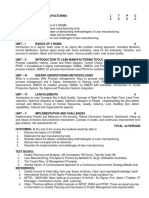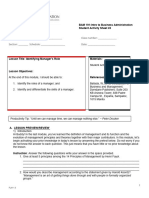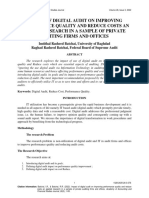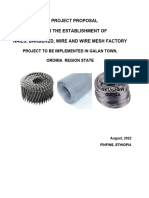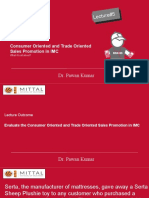0% found this document useful (0 votes)
197 views21 pagesTime Compression
This document discusses time compression and supply chain management. It defines a supply chain as a system linking suppliers, producers, distributors, and customers through the flow of materials and information. It describes Forrester's model of a supply chain, which includes echelons, production processes, information flows, decision points, transmission lags, and decision rules. Faster cycle times can improve demand forecasting, defect detection, speed to market, and shift the decoupling point towards customers. The document outlines rules for minimizing material throughput times and discusses how providing better information, shortening work cycles, and synchronizing lead times can reduce inefficiencies in the supply chain. Time compression is seen as a powerful competitive strategy and information management is key
Uploaded by
prateek gandhiCopyright
© © All Rights Reserved
We take content rights seriously. If you suspect this is your content, claim it here.
Available Formats
Download as PPTX, PDF, TXT or read online on Scribd
0% found this document useful (0 votes)
197 views21 pagesTime Compression
This document discusses time compression and supply chain management. It defines a supply chain as a system linking suppliers, producers, distributors, and customers through the flow of materials and information. It describes Forrester's model of a supply chain, which includes echelons, production processes, information flows, decision points, transmission lags, and decision rules. Faster cycle times can improve demand forecasting, defect detection, speed to market, and shift the decoupling point towards customers. The document outlines rules for minimizing material throughput times and discusses how providing better information, shortening work cycles, and synchronizing lead times can reduce inefficiencies in the supply chain. Time compression is seen as a powerful competitive strategy and information management is key
Uploaded by
prateek gandhiCopyright
© © All Rights Reserved
We take content rights seriously. If you suspect this is your content, claim it here.
Available Formats
Download as PPTX, PDF, TXT or read online on Scribd
/ 21


